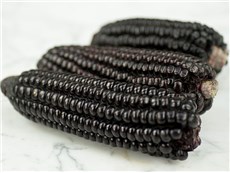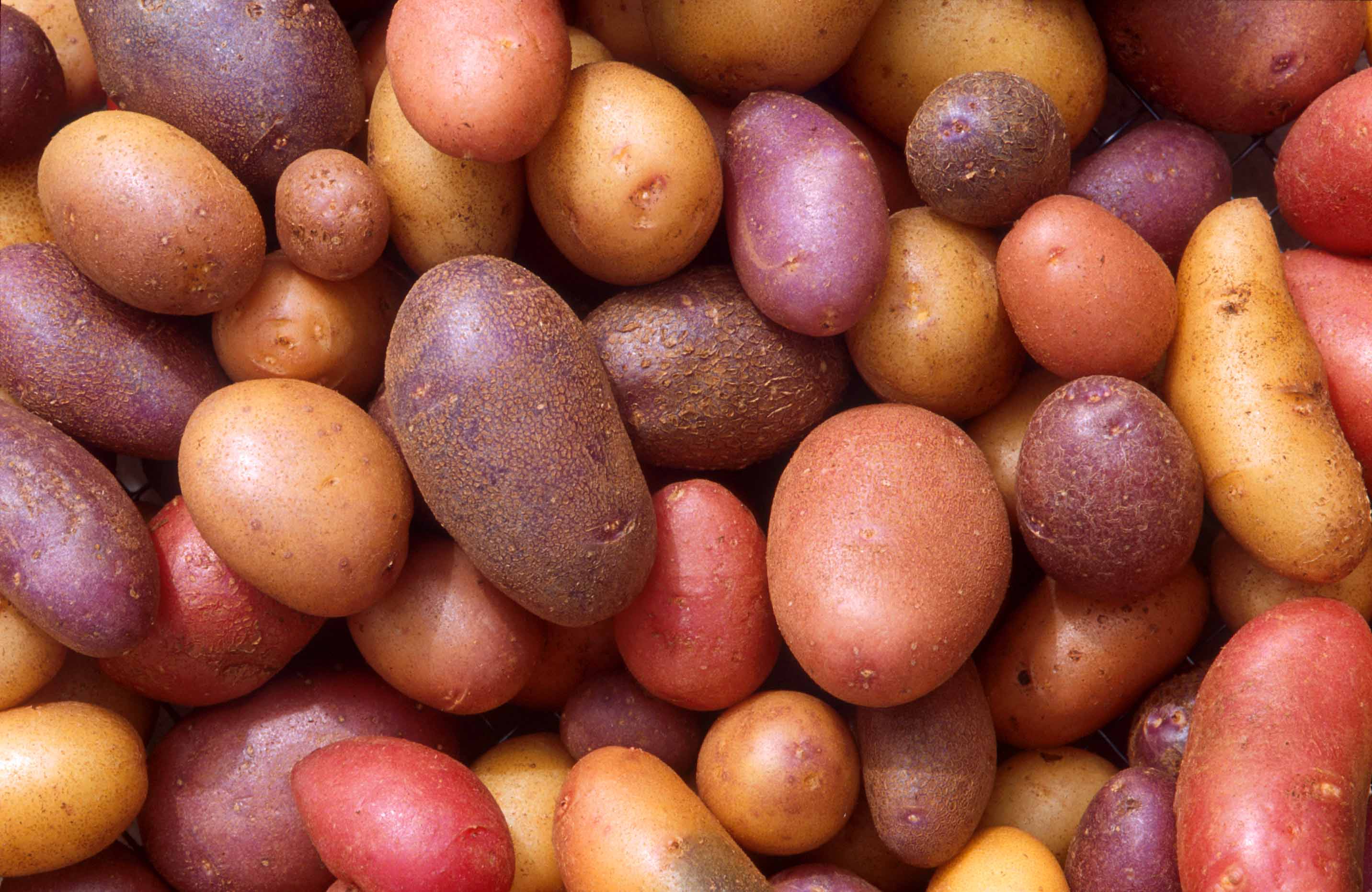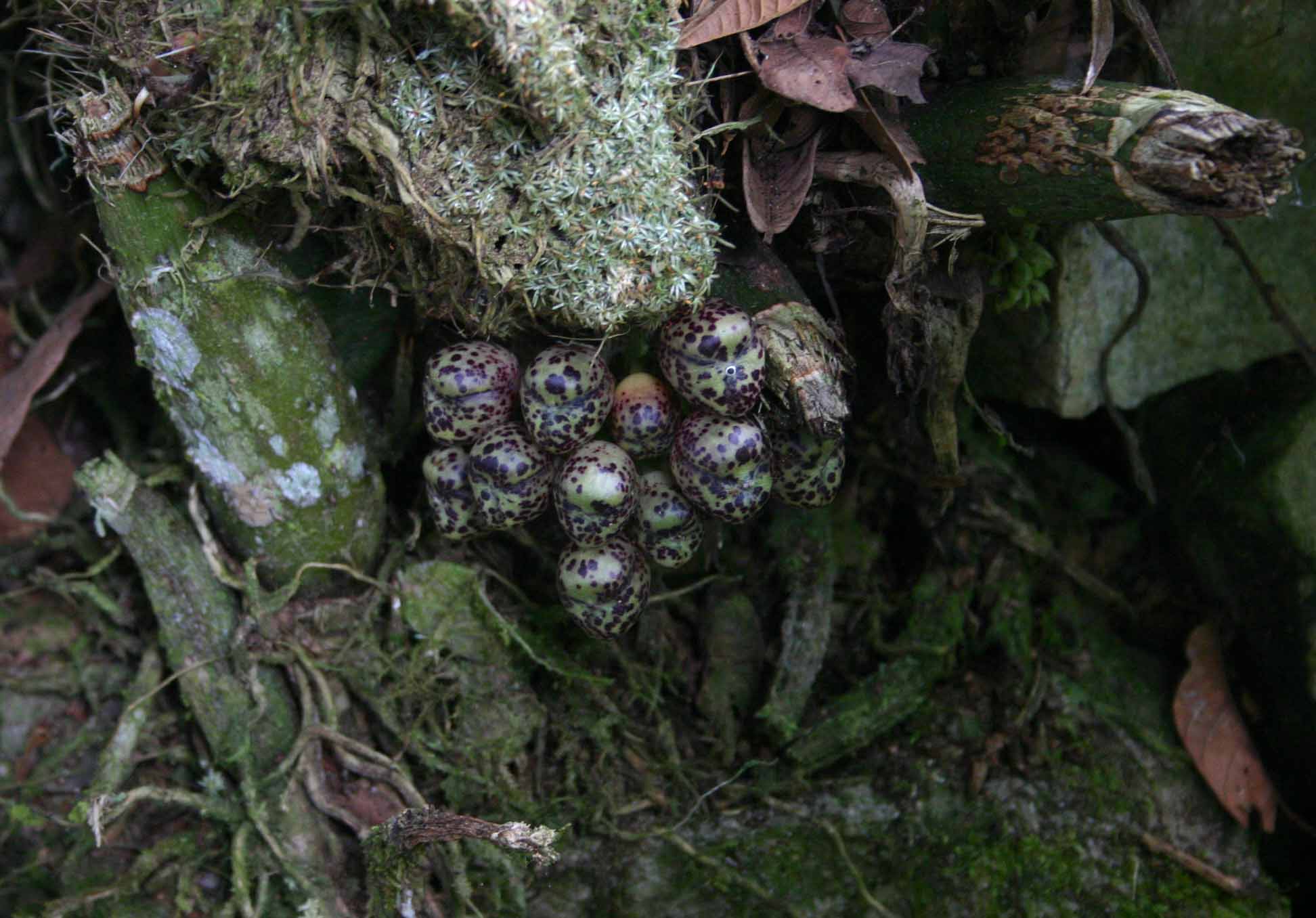As fall moves inexorably towards winter, and the days continue to shorten, thoughts turn to Spring & next years’ garden (and all those cards we need to address.) I recently stopped online at my favorite Seed Company: Baker Creek Heirloom seeds. Much to my surprise on the Home page was this:
Peru: Seed Wonderland
Searching for Rarities in a Land of Mystery
As the great agronomist Nikolai Vavilov designated “hotspots” for the origin of domesticated crops, Peru was definitely one of them. When Patrick and Joseph Simcox visited Peru in late summer 2014, their goal was not too much different from Nikolai’s so long ago: to record and document food plant diversity. The Peruvian Andes are home to corn, beans, mashua, oca, ullucus, yacon, lima beans, potatoes, peppers, papayas and many others. The great US agronomist Jack Harlan once wrote: “Crops are artifacts made and molded by man as much as a flint arrowhead, a stone ax-head, or a clay pot.” Indeed, when my brother Patty and I made our way through the high mountain villages and markets, we were reminded that the natural wonders we were witnessing were indeed artifacts that were in ways lovingly maintained by man, through the rituals of planting and harvest.
I may like to intellectualize too much, but I often ask the question if the people growing this stuff really love it or if they are just doing it because they have no better choices. Why do I ask this? Because in our own world of modern day America, most people, the over- whelming majority, seem very content to not be bound to the toil of the soil. Are the colorful folk in Peru just as susceptible to losing their agricultural traditions as we did?
In the USA, only 50 years ago people were growing far more of their own food; men and women gathered the harvest and prepared it for some type of storage. Most of that home processing is now gone. In a recent survey, 40% of teenagers could not properly identify milk as coming from an animal—the cow! It sounds absurd, but when you think about the aisles of the grocery store (where most kids are exposed to food), there are no cows there. Now, the dairy section presents diverse “milks”: soy, almond, coconut, flax etc. Where is the cow in those? Processed foods make the acquisition of food seem painless, and I fear that those in Peru, who are my examples today, are as easily vulnerable as our populace was when conveniences in the food trade were being rolled off the production line. What then, if any, does love have to do with it? My brother and I hope that there is something deeper to the human psyche, some figment that is not vulnerable to easy seduction, something that conveys a supranatural significance.
My brother and I believe that there is that spirit of tradition in Peru. In 2013, Peru denounced all GMO crops by banning their cultivation within its borders. Peru had also been “victim” to the bio-piracy efforts of large corporations. A notable case involves a foreign company’s “patenting” of Maca (Lepidium meyenii). The absurdity of the patent only requires knowing that the people of the high Andes have raised Maca for centuries, and, that it was not a modern nutraceutical firm that discovered it. Those international intrusions have galvanized a sentiment against large corporate domination and have enabled the precious country folk to realize their riches.
Traditions like those in Peru have been sustained for sometimes thousands of years. What my brother and I saw on our expedition was awe inspiring: a people whose relationship with the land is still for the most part intact, a land where traditions still reign. In seeing all the unique landraces of crops still being grown, we are confident that Peru will preserve its diversity for generations to come.
In the months and years ahead, we are extremely excited to be accessing some of these special seeds. Already, Baker Creek customers have found the stunningly large Yurackallhua Incan corn, from the Urubamba Valley, and the jet black Kulli corn for offer. Even though the work of Patrick and me seems completely novel, many of these varieties already exist in the U.S. Someone, somewhere, may have brought them in, years ago. So part of their work is slowly but surely tracking down old and new sources for these botanical treasures.
It is our hope that these ancient Peruvian traditions will be passed down even in our “modern” world. From Baker Creek Heirloom Seeds.
—
As we succumb to the ever growing industrial food complex & away from traditional home gardens & small farms, Baker Creek stands out in its efforts to preserve historic and in many cases extremely rare seeds.
Founded in 1998 by a very young Jere Gettle (he was 17 at the time) Baker Creek Heirloom Seeds has grown to now shipping over 500,000 catalogs & 1,800 varieties of seeds to gardeners across the land. Those seeds represent over 75 countries. Baker Creek has been featured on NPR, in the Wall Street Journal & New York Times, and even Martha Stewart & Oprah.
Yet, in spite of this rapid growth, Jere & his lovely wife Emilee remain completely approachable & down to earth. Fully dedicated to producing non-GMO, non-hybrid, non-patented seeds and to share the legacy of rare varieties with us, they still find time to devote to other projects such as Heirloom Gardener magazine, and providing free seeds to many impoverished countries & educational and school gardens.
Baker Creek has shunned the traditional route of seed companies & instead consistently focused on finding “new” varieties, tirelessly testing for suitability in the US. They work with a network of small farmers, growers, and gardeners to provide the highest quality. Many unusual types are encountered on trips to overseas countries.
Hopefully, much more of the great biodiversity of Peru will make its way here through their efforts. Peru is home to many rich and flavorful fruits and vegetables, and is the origin of the potato. There are over 4,000 types of potatoes grown traditionally! The Spanish not only imported potatoes from Peru, but also one of our favorites, the delicious aji (chili peppers.)
The joy of encountering an unknown variety is enormous. Many of these nearly lost species have unique flavors that you may have never tasted before in the modern age of “growing only for what ships well.” Imagine ecstasy in a carrot.
Peru continues to increase the quantity of exports in fresh vegetables to the US market (source USDA.) A great part is currently in asparagus, with the majority of their agricultural exports (60%) being coffee. With help from Baker Creek, we will soon have some new tasty Peruvian treats in our gardens here as well.
Our hats off to Baker Creek Heirloom Seeds for helping to preserve the legacy of rare seeds for all future generations to know.
Visit Baker Creek Heirloom Seeds at their website here.
©2014 Ben Gangloff
—
Did you enjoy this page? Have questions? Would like information on something to be posted here? Please drop us a line, sign up for our email list in the box to the right, or comment below.





Hello there! I could have sworn I’ve been to this website before but after checking through some of the post I realized it’s new to me. Anyways, I’m definitely glad I found it and I’ll be book-marking and checking back frequently!
Hi Karl, Thanks for stopping by! All the best, Ben